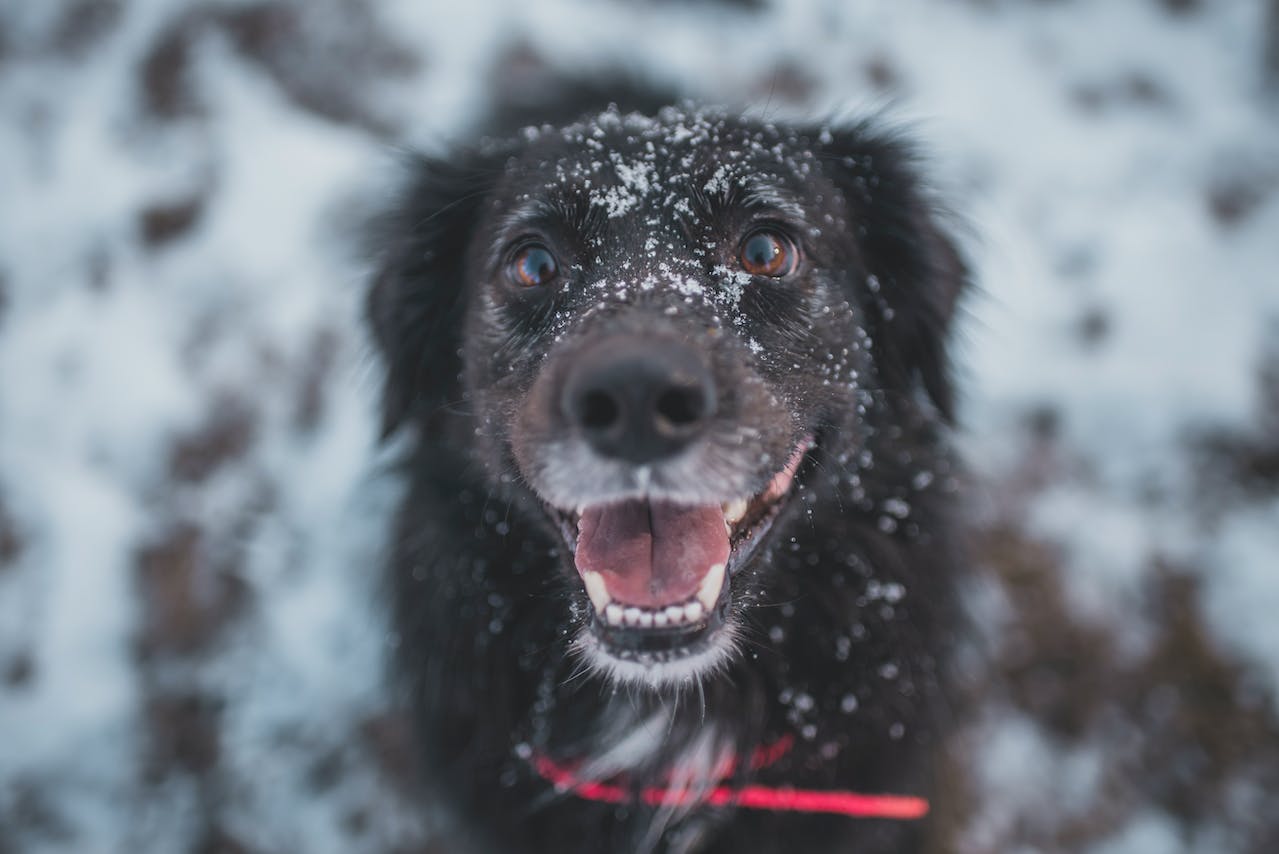
14 Nov What are dental crowns for dogs?
A dental crown is a tooth-shaped cap used in the field of human and veterinary dentistry. Dental crowns can be either permanent or temporary. In human dentistry, they are fabricated from various materials like porcelain, ceramic, resin, metal, or a combination of these, often matching the natural tooth color. However, when it comes to dental crowns for dogs, they are typically constructed from a robust metal alloy, capable of withstanding the substantial biting force of dogs, which far surpasses that of humans.
Why might a dog receive a dental crown?
Which teeth can be crowned?
Typically, canine (fang) teeth are the most common candidates for dental crowns. The upper fourth premolars and lower first molars, which are the dog’s primary chewing teeth, are sometimes fitted with crowns. While it is technically possible to crown other teeth, this is not a common practice.
What occurs when a dog undergoes a dental crown procedure?
Dental crowns for dogs are always customized to precisely fit the individual tooth. Consequently, the process involves two anesthetic procedures. In the first procedure, often immediately following a root canal treatment, a veterinary dentist removes a small amount of enamel from around the tooth’s surface to create space for the crown. This ensures the crown sits on the tooth without causing abnormal contact with neighboring teeth. Subsequently, a mold of the tooth is made using specialized molding materials. The mold is then sent to a crown lab where the metal crown is fabricated. A second procedure is needed to securely affix the crown, typically occurring within two weeks of the initial procedure.
What is the typical lifespan of dental crowns for dogs?
In most cases, a metal crown for a dog will endure for the animal’s lifetime. However, there is a possibility that a crown might dislodge or that the remaining tooth could break at the root due to inappropriate chewing, engaging in fights with other dogs, or sustaining some form of trauma. It is crucial to avoid allowing your dog to chew on hard objects like rocks, antlers, hard nylon bones, or anything harder than what can be dented with your thumbnail. Regular toothbrushing and vigilant monitoring are also advisable to maintain the tooth’s health and detect any issues early.
Learn more about dental crowns on our website: Dental Crowns for Dogs | Animal Dental Specialists Birmingham



